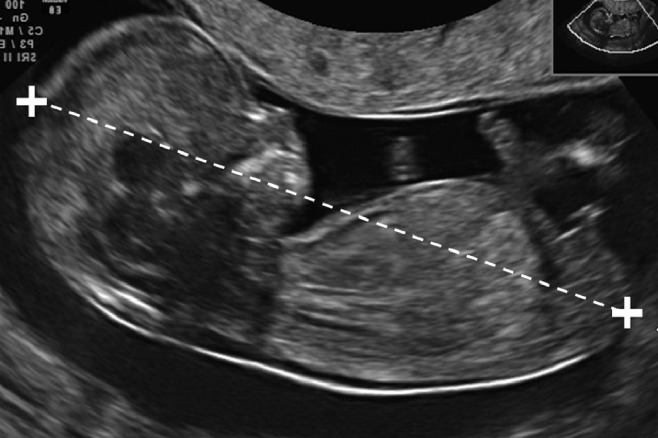
Antenatal Care
In Australia, the recommended antenatal care schedule for low-risk primiparous women involves about ten scheduled visits with your pregnancy care providers. For low-risk multiparous women (women who have given birth previously), seven scheduled visits with your Obstetrician are usually recommended.
During the first visit, which should usually take place around 12 weeks of pregnancy, your Obstetrician will take a detailed medical history, review all test results that your General Practitioner has requested, conduct a physical examination, and discuss your options for prenatal testing, including screening for conditions such as Down syndrome. He will also provide you with information on other possible tests, diet, physical activity, medications required and other aspects of prenatal care, including investigation and follow-up schedule.
Subsequent visits, usually scheduled at 4–6-week intervals initially and fortnightly in the later parts of pregnancy, will involve routine checks such as blood pressure, weight and urine, and monitoring of foetal growth and development. Your Obstetrician will also discuss any concerns or issues that arise and provide advice on managing common pregnancy symptoms. At around 20 weeks, a detailed ultrasound scan will be performed to assess baby, placental position and length of the cervix. At around 26-28 weeks, and then again at around 36 weeks, you will have some routine investigations done.
If you have a high-risk pregnancy, your Obstetrician may recommend additional visits and/or tests, depending on your specific needs. It's important to note that the exact number and timing of visits may vary depending on individual circumstances, and your Obstetrician may adjust the schedule accordingly. This guidance is intended as a general framework for antenatal care.
The following is a general schedule for care in pregnancy:
Usually around 5-8 weeks, booking appointment with your GP. Routine antenatal investigations, including bloods, urine, dating ultrasound.
10-13 weeks: booking appointment with your Obstetrician or Hospital. First trimester screening, including early ultrasound.
14-18 weeks: discussion of results, request for morphology scan at 18-21 weeks
21 weeks: to discuss scan results, and specific follow-up planning if needed.
24-25 weeks: Only for primiparous women
28 weeks: Review after 28-week bloods, which includes diabetes in pregnancy test (glucose tolerance test)
31-32 weeks: Mainly for primiparous women
34 weeks: Routine visit for all pregnant women; request for 36-week investigations given.
36 weeks: Routine visit for all pregnant women. Results discussed if done.
38 weeks: Routine visit for all pregnant women
40 weeks: Mainly for primiparous women
41 weeks: If pregnancy has progressed to 41 weeks, discussion and planning for delivery (for ‘post-dates’ or ‘prolonged’ pregnancy) is made.
*Guidance based on Pregnancy Care Guidelines: Australian Government, Department of Health:
https://www.health.gov.au/resources/pregnancy-care-guidelines
For further details and information about Obstetric Care, please visit Dr Saibal Ghosh's personal website at https://www.drsaibalghosh.com/, which is updated regularly.
You will also have access to multiple patient information sheets, and medical calculators. His current patients may have access to more information sheets and calculators.
Image courtesy: https://obgyn.onlinelibrary.wiley.com/doi/10.1002/uog.12342

